If you were catching a flight from Gatwick Airport before the mid 1980s, your train journey from London would have been on a London-Brighton stopping service.
Ever since the Airport station opened in 1958, trains had stopped there after the 27-mile journey from London Victoria. But they were anything but dedicated.
Then, 30 years ago, what is now the world’s longest-running dedicated airport service changed all that. Gatwick Express was launched on May 10 1984 with the strapline “Catch the train and you’ve caught the plane”, and advertising 30-minute journeys direct from London to the Airport.
Sine the station opened, an estimated 70 million passenger journeys have been made, covering 46 million miles (that’s almost 100 trips to the moon and back).
Although it isn’t now, when the service was launched it was non-stop between Victoria and the airport station. And it was made convenient for passengers by the provision of a long layover at the end of each train’s journey, so that a train was always available for boarding.
That first year, 1984, was a huge success. The number of passengers using rail to get to and from Gatwick Airport shot up by 38%, and revenue increased by 52%.
It also had a knock-on effect for long-distance travel in the region, because passengers could more easily travel to London from further afield (Swindon and Bath, for example) on a daily basis.
When Gatwick Express (GE) became part of InterCity in 1985, its success continued.
But the real changes were to come at privatisation in 1994. GE was the first part of British Rail’s InterCity sector to be separated into an individual operator, and it was removed from the Anglia and Gatwick route in March of that year.
It was one of the first franchises to be let - the tender was won by National Express to begin operating from April 28 1996, under the leadership of Managing Director Mac McIntosh and Service Delivery Director Jackie Townsend.
One of the first commitments the new team made was to replace the ageing Class 73 push-full fleet. GE had 14 of these locomotives, hauling Mk 2 stock coupled to Class 489 luggage vans, but they were unpopular, and the locomotives suffered from problems including unreliable electrical equipment.
Eight new Class 460 Junipers were ordered, and began entering service in 1999. They were purpose-built for a shuttle service, had extra luggage space, and provided First Class accommodation. Some of the Class 73s stayed in service until 2005, but the majority of passengers were now enjoying a far superior experience for passengers.
Sadly, things were about to become more difficult. Rival operators along the London-Brighton route were gunning for a slice of GE’s profitable pie, and by 2003 Go Ahead’s Southern had started offering (and heavily promoting) tickets to the airport at almost half the price of GE.
The result was a loss in revenue for GE, which only exacerbated the impact from the wake of the September 11 2001 terrorist attacks in the United States (which had caused many of the airlines to move from Gatwick to Heathrow). Half-empty GE trains became a common occurrence, and questions were asked about whether the service was the best use of peak capacity on the line.
GE’s small organisation just wasn’t able to compete with the bigger South Central franchise, so the Department for Transport decided to merge the two into a Greater Southern franchise (a decision that met with much opposition from Gatwick Airport).
Go Ahead successfully won the franchise, and committed to keeping the express service while also extending six of the GE services to Brighton in the peak.
However, as part of the upheaval, the operation’s fleet were subjected to a controversial change.
The ‘460s’ were not suitable for the Brighton extension because they only had 300 seats, and there were insufficient units to provide ten-car trains. So, in December 2008, a swap was made with South West Trains - 17 refurbished Class 442 Wessex Electrics were brought out of SWT storage and exchanged for ‘460s’.
But, despite a £10 million upgrade at Stewarts Lane depot, the ‘442s’ couldn’t match the reliability or luggage space of the ‘460s’. A good fit for the Brighton extension, the ‘442s’ proved less suitable for the GE shuttle service - in the end, only ten entered service, and seven were leased out.
By September 2012, the whole ‘460’ fleet had been withdrawn. SWT is now in the process of merging them with Class 458 units, which are mechanically similar.
However, the merger of the two franchises has had a positive effect on Gatwick Airport station. A £53m redevelopment was completed in February 2014, providing an extra platform, a refurbished concourse, and track and signalling upgrades.
The DfT is now in the process of creating a Thameslink, Southern and Great Northern mega-franchise (TSGN), which is due to begin on September 13 2014.
With the award for the contract going to Govia, GE is not only celebrating an important anniversary, it is also celebrating an important announcement for its future.
Under the new franchise, the service will receive 108 new vehicles, along with a commitment to improve stations along the route. As this issue of RAIL went to press, Southern (part of Govia) said it would be going through a procurement process for the new vehicles.
Perhaps this is a chance for GE to reclaim some of its previous charm. It began with a success story, and has had a turbulent past decade. But, says Head of GE Daniela Spagnoli: “It is still going strong 30 years later.”
And despite what many feel is inferior rolling stock, she adds: “Since Southern took over the brand in 2008, passenger numbers have increased by an incredible 60%. As air travel becomes more popular, so does the service.”
It seems appropriate that GE should celebrate its 30th anniversary with such a present - new vehicles and upgrades that will hopefully help it to prosper for the next 30 years.
- This feature was originally published in RAIL 750 on 11 June 2014

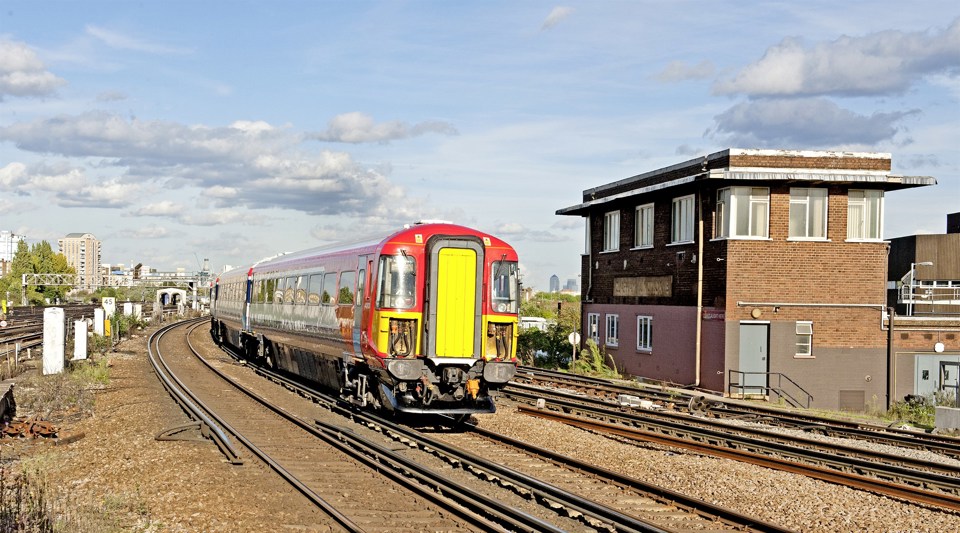

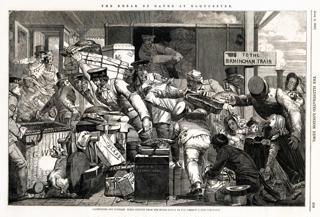
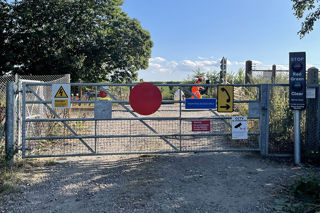
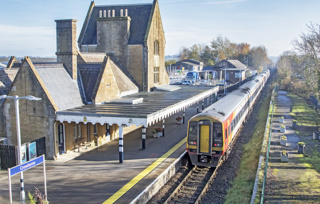
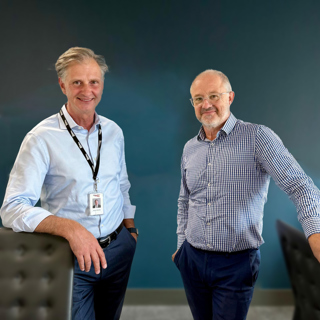











Login to comment
Comments
No comments have been made yet.